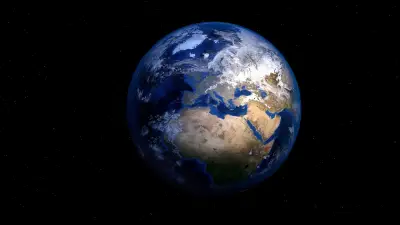New interstellar comet will keep a safe distance from Earth, NASA says

CAPE CANAVERAL Fla AP NASA has discovered an interstellar comet that s wandered into our backyard The space agency spotted the quick-moving object with the Atlas telescope in Chile earlier this week and substantiated it was a comet from another star system It s officially the third known interstellar object to pass through our solar system and poses no threat to Earth These things take millions of years to go from one stellar neighborhood to another so this thing has likely been traveling through space for hundreds of millions of years even billions of years Paul Chodas director of NASA s Center for Near Earth Object Studies stated Thursday We don t know and so we can t predict which star it came from The newest visitor is million miles million kilometers from the sun out near Jupiter and heading this way at a blistering miles kilometers per second NASA noted the comet will make its closest approach to the sun in late October scooting between the orbits of Mars and Earth but closer to the red planet than us at a safe million miles million kilometers away Astronomers around the world are monitoring the icy snowball that s been officially designated as I Atlas to determine its size and shape Chodas recounted The Associated Press that there have been more than observations since its discovery on July with preliminary reports of a tail and a cloud of gas and dust around the comet s nucleus The comet should be visible by telescope through September before it gets too close to the sun and reappear in December on the other side of the sun Based on its brightness the comet appears to be bigger than the first two interstellar interlopers possibly several miles tens of kilometers across Chodas disclosed It s coming in faster too from a different direction and while its home star is unknown scientists suspect it was closer to the center of our Milky Way galaxy The first interstellar visitor observed from Earth was Oumuamua Hawaiian for scout in honor of the observatory in Hawaii that discovered it in Classified at first as an asteroid the elongated Oumuamua has since presented signs of being a comet The second object certified to have strayed from another star system into our own Borisov was discovered in by a Crimean amateur astronomer with that name It too is deduced to be a comet We ve been expecting to see interstellar objects for decades frankly and in the end we re seeing them Chodas revealed A visitor from another solar system even though it s natural it s not artificial don t get excited because a few people do It s just very exciting
